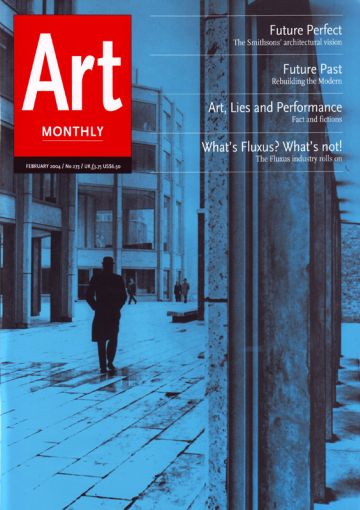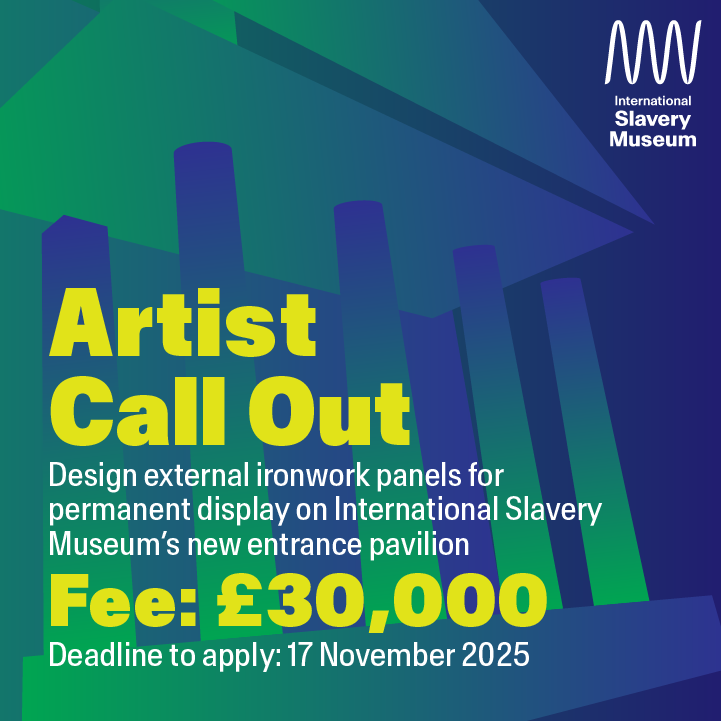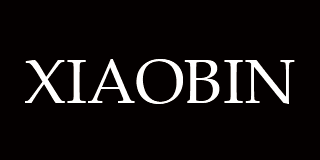Feature
Art, Lies and Performance
Anna Dezeuze reports on what is still a surprisingly little-known art form
It is difficult to remain indifferent in the face of an artist talking, screaming, stripping and crying, or another one slowly cutting the palm of her hand with a razorblade. The ability to shake viewers out of their blasé attitudes has indeed been one of the aims and the strengths of many kinds of Performance Art throughout its 20th-century history. It is this very characteristic of Performance Art which is seen by many as a guarantee of the medium’s supreme authenticity, for surely an artist ready to sacrifice his or her body or dignity for the sake of art must embody the ultimate form of artistic commitment and sincerity.
Photographic doucmentation of performances tends to perpetuate this assumption: fragmentary close-ups, or a single image deemed to encapsulate the performance’s iconic moment, serve to reinforce the feeling of having witnessed – or forever missed – a unique moment of truth and intensity. With the increasing assimilation of performance practices within cultural institutions and art historical discourses, however, two recent events have suggested that the time has come to take a long hard look at these assumptions.
The very title of the exhibition ‘Art, Lies and Videotapes: Exposing Performance’ at Tate Liverpool outlined its programme: its punning filmic reference echoes the self-consciousness, highlighted by this show of the practice of documenting Performance Art, thereby exposing one of the myths behind this relentlessly self-exposing art form. Coincidentally, the Whitechapel Art Gallery in London staged in November its ‘Short History of Performance Part II’, a more mature and self-reflexive sequel to the highly publicised ‘Part I’ in April 2002 (see AM257). Where the earlier cycle privileged historical moments of the 60s and 70s, asking artists such as Carolee Schneeman, Bruce Mclean or Herman Nitsch to restage past performances, part II focused on a single format, that of the artist’s lecture, which was explored in various ways by artists of different generations. Of the two older artists, Robert Morris’s performance was much more successful than Martha Rosler’s, precisely because he refused to revisit past material. Rosler struggled to stage a variation on her classic 1973 video piece, The Semiotics of the Kitchen, whose original feminist bite was lost in a live event involving three groups of women re-enacting, with varying degrees of success, the artist’s humorous presentation of kitchen utensils in a deadpan, but increasingly menacing, alphabetical sequence. In contrast, Morris did not comment on his 1964 21.3, shown in the first part of the evening’s programme in a 1994 recreation (in this intelligent, but ultimately lighthearted, parody of the art historian, the artist taped himself reading Erwin Panofsky’s 1939 discussion of iconology, and then asked an actor to lip-sync to the words and move according to the recorded noises, with often comical effects). Instead, after the end of the film, Morris launched into a lecture which took the unexpected form of an intriguing auto-critique. Showing slides of works ranging from Minimalist objects (including his own) and Land Art, to the Bilbao Guggenheim and Bill Viola’s monumental video installations, Morris read out a dense text in the form of a dialogue between an analyst (Noam Chomsky) and his patient (the artist), triggered by his personal understanding, after September 11, that the monumental scale of American art was intrinsically linked to what he saw as the ‘American Imperialistic Unconscious’. Despite its professionalism and Cagean ploy of answering questions by reading out selected quotes drawn from a hat, Morris’s lecture was by far the most autobiographical of the series. If this suggests that emotions and extreme experiences did not figure prominently in the series as a whole, it also underlines how the lecture format seemed to give artists more freedom to control and choose the form and content of their performances. Walid Raad of the Atlas Group discussed the group’s ‘archives’ in a sleek PowerPoint presentation; others parodied various forms of contemporary public addresses – from the business prep talk about ‘optimum performance’ (Carey Young) to the opening speeches of art events (Andrea Fraser) and ecological awareness-raising speeches (Mark Dion); Inventory, from what I heard, were their usual provocative selves. For some artists (Fraser, Young, Rosler), the lecture was a work in its own right, for others a way of presenting their work (Atlas Group) or in any case ideas which underlie their work (Dion, Morris). What these different artists born between 1931 and 1970 all shared was an attraction to the lecture’s combination of words, images and gestures as an effective means of addressing the construction and performance of dominant discourses, whether sociological, historical, political or cultural. Indeed, the variety of roles taken on by these very different ‘lecturers’ demonstrates how successful conceptual practices have been in developing new functions for the artist.
‘Who is speaking?’, we wonder as we watch these various personae performing. ‘Who is looking?’ is the question running through ‘Art, Lies and Videotapes’, as the invisible eye of the camera becomes embodied in the display of documents for a single performance, or a group of performances by the same artist, in the projections of film footage on large screens, and most importantly in the acknowledgement of the self-effacing photographers who have worked in collaboration with performance artists from the 60s to the present. Enter Peter Moore, the loyal recorder of Fluxus concerts and the Judson dance group; Ute Klophaus and her sanctifying shots of Joseph Beuys in action; Kurt Kren, with his dizzyingly fragmented films capturing the abjection of the Viennese Actionists’ performances; Françoise Masson, the ‘doubting Thomas’ figure, who probed so many of Gina Pane’s wounds; Mayer Vason, producer of glossy fashion-inspired shots of artists Franko B, Helena Goldwater and Ernst Fischer. We realise how much the styles of these documenters have radically shaped the way we perceive these artists’ works; and we realise how well some artists knew it. If this awareness encouraged certain artists to collaborate directly with photographers to control the way their work would be documented, others, led by Duchamp’s alter-ego Rrose Sélavy, chose to perform actions for the camera alone, without an audience. And, of course, yet another seductive possibility emerged: that of creating images to document events that never happened.
The question of truth and fiction lies at the heart of performance art as much as in religion. As Chris Burden’s documentation for his 1974 performance Transfixed suggests, the object’ s existence as a relic (two nails in a velvet covered box), and the image’s function as an icon (the artist lying on the back of a Volkswagen, hands nailed through the roof in the position of the crucified Christ), both hinge on the viewer’s belief in the authenticity of the original action. In the section on ‘Fact or Fiction’ in the exhibition, the mix of documents of ‘real’ and ‘fake’ performances remained ambiguous: by refusing to spell out explicitly which of the works referred to actions that have taken place and that have not, the curator not only highlighted the impossibility of telling them apart, but may also have served to keep this ‘mystery’ of Performance Art intact, thus perpetuating an obsessive focus on this reductive dichotomy. It is useful to know that Yves Klein’s famous ‘leap into the void’ is a manipulated photograph, and that Rudolf Schwarzkogler did not castrate himself in front of a camera, but this information should not be taken as the solution to a riddle. What, in contrast, can Hayley Newman’s images of ‘fake’ performances offer to the viewer beyond a knowing nudge and wink? The Atlas Group’s invention of eccentrically believable ‘archival documents’ relating to the war in Lebanon – presented, as real objects, by Walid Raad in his Whitechapel Gallery lecture – is a much more interesting use of this self-awareness.
If the Whitechapel Gallery performances highlighted the relations between Performance and Conceptual Art, the Tate Liverpool show attempted to explore its links with other practices, with varying success. The rationale for the inclusion of films such as Robert Longo’s film, Johnny Mnemonic, or Isaac Julian’s Three, was no more clear than for René Clair’s 1924 classic film Entr’acte or Loïe Fuller’s wonderful turn-of-the-century Serpentine Dance; meanwhile, showing videos of Bruce Nauman’s or Abramović/Ulay’s performances, for example, could usefully have pointed to the crucial link between performance and video. As to the section on the ‘unconscious performance’, which juxtaposed Vito Acconci’s Following Piece with Diane Arbus’s photographs of disabled subjects and Philip-Lorca diCorcia’s large portraits of unsuspecting passers-by, it stretched the definition of performance to the point of confusion. And, with no references to other forms of performance involving spectator participation, Dan Graham’s 1974 Present Continuous Past(s) (which has lost none of its freshness) and Yoko Ono’s prominent Imagine Peace Map Room (a new installation which has none), seemed out of place. A more visible reference to Fluxus performances – represented, with no explanation, by small photographs by Peter Moore – would certainly have brought out the more humorous dimension of the medium’s history.
The show’s historical section suffered from a lack of reflection on the complex relation between object and performance: detached from their context and use, the colourful reconstructions of Futurist Luigi Russolo’s 1913 noise instruments or of Oskar Schlemmer’s 1922 Triadic Ballet costumes are very attractive, but fail to convey a sense of what these precursors of Performance Art may have been like. More successful was the exhibition’s suggestion that performance has been carried through into works using dolls or mannequins as proxies. The fascination which Tony Oursler’s speaking figurines unfailingly provoke, or the feeling of melancholy exuding from Dennis Oppenheim’s restless jiving puppets, spring, at least in part, from the blurring of animate and inanimate which, as Freud pointed out long ago, can reach far into our unconscious fears and desires. Looking at the ventriloquist dummies included in Ken Feingold’s idiosyncratic 1998-2001 Self Portrait as the Centre of the Universe, I could not repress the memory of Fraser’s schizophrenic Official Welcome at the Whitechapel Gallery. As she adopted the voice, accent, mannerisms, gestures and facial expressions of a succession of real and imagined figures of the art world – from critics, collectors and curators to shy, exhibitionist and pretentious artists – she became these people to the point of appearing possessed like a ventriloquist’s dummy. More than a rather self-defeating critique of the art world narcissistically aimed at itself, it was Fraser’s virtuoso shifts from one persona to another that kept me intrigued during her psychological – and very literal – striptease.
Watching the films at Tate Liverpool of Robert Rauschenberg’s 1963 Pelican, Beuys’s 1974 I Like America and America Likes Me, or Klein’s Anthropometry of the Blue Period, performed on March 9, 1960, brought another kind of pleasure. Whether encountering these pieces for the first time or re-acquainting oneself with images well known through still photographs and discovering new details, what strikes the viewer are the intriguing absences, evocative ellipses and questions which these documents suggest. Would Pelican’s slowness and mystery have struck me had I attended the original performance? What did the audience think as they watched Klein’s naked ‘living brushes’ cover their thighs and torsos in blue paint? Why did the coyote keep tearing Beuys’s felt blanket with his teeth without ever biting the body under the cloth?
Performance Art could be described as an attempt to frame and capture the profusion of relevant, and irrelevant, detail which constitutes lived experience, in its transience, mystery and absurdity. Being reminded by a performance that one is alive can be useful, but it certainly is not enough to sustain any viewer’s attention for any period of time, for life itself can seem to be ultimately much more interesting. It is in this sense that useful criteria to judge Performance Art still need to be developed. Events such as ‘Short History of Performance’ and the ‘Art, Lies and Videotapes’ exhibition, which showcase in an intelligent and analytical way what still remains a little-known art form, are timely starting points in this direction. As such they should be encouraged and, of course, applauded.
‘A Short History of Performance, Part II’ took place at the Whitechapel Art Gallery, London 18-23 November 2003; ‘Art, Lies and Videotapes’ was at Tate Liverpool from 15 November 2003 to 25 January 2004.
Anna Dezeuze is research fellow at the AHRB Research Centre for Studies of Surrealism and its Legacies, University of Manchester.
First published in Art Monthly 273: February 2004.










